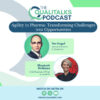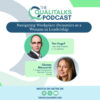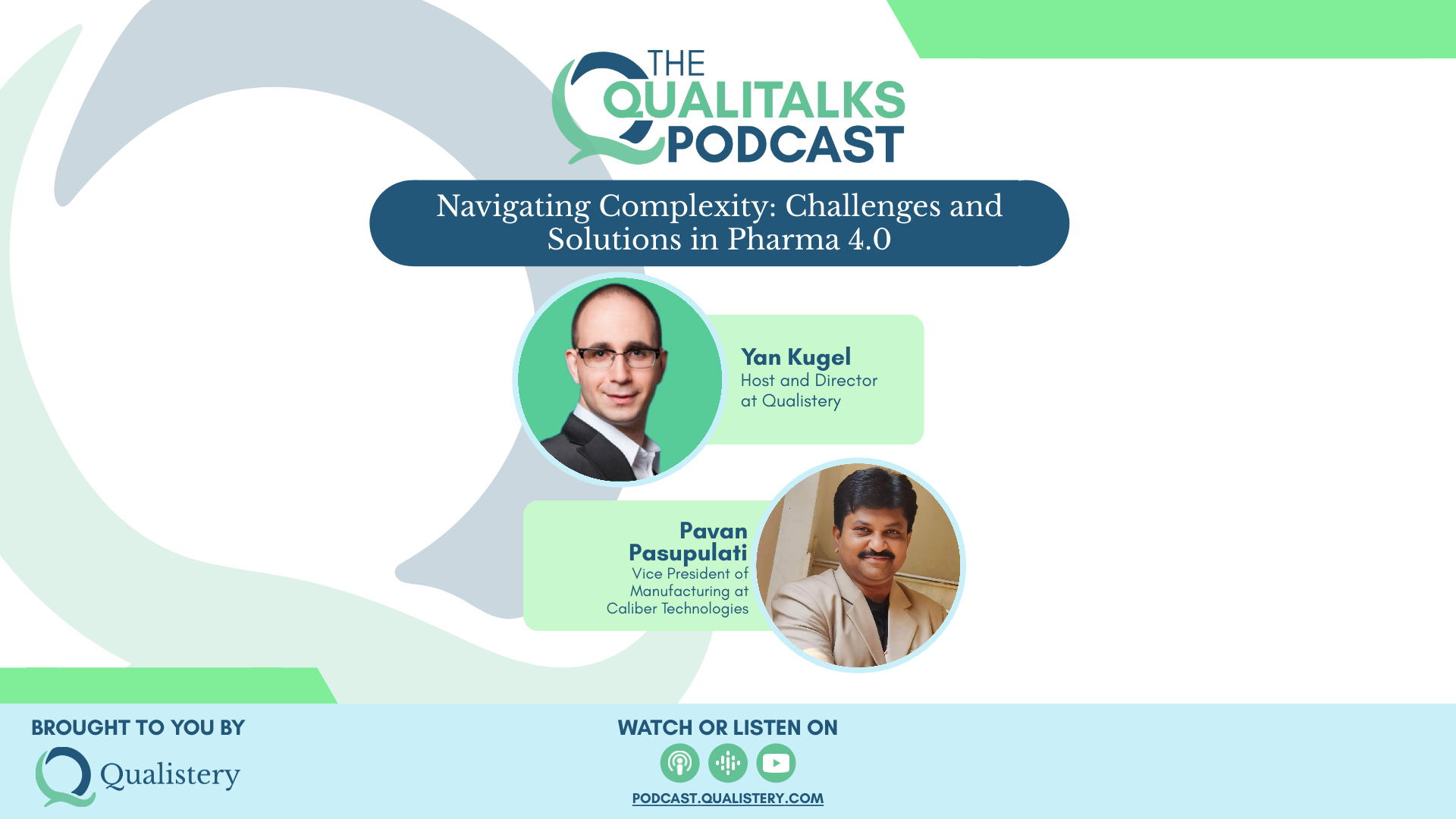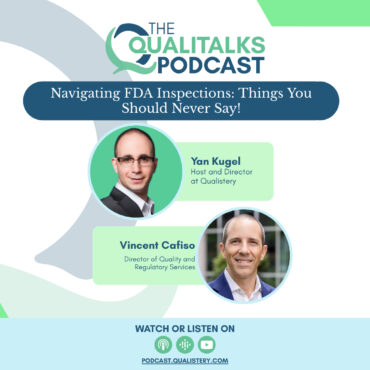Navigating FDA Inspections: Things You Should Never Say! [Vincent F. Cafiso]
Yan Kugel is joined by Vincent Cafiso, the Director of Quality and Regulatory Services at CREO Consultancy and a former FDA investigator. Vincent shares invaluable advice on things never to […]





